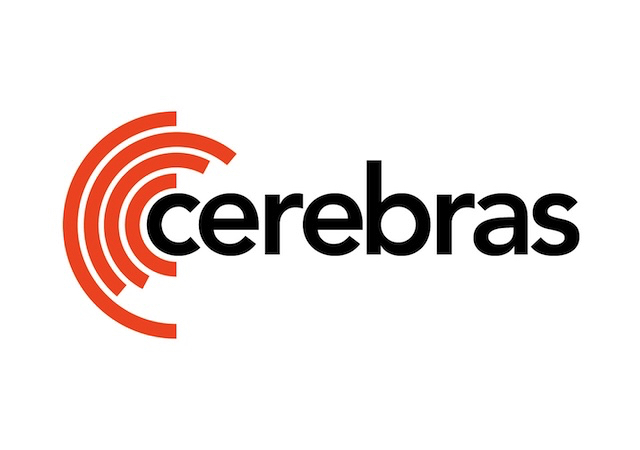February 9th, 2025
AI Chips
In the rapidly evolving world of artificial intelligence (AI), the demand for faster, more efficient, and scalable computing hardware has never been greater. Traditional GPUs and CPUs, while powerful, are increasingly struggling to keep up with the computational demands of modern AI models, particularly in areas like deep learning, natural language processing, and computer vision. Enter Cerebras Systems, a company that has taken a bold and innovative approach to AI hardware with its groundbreaking Cerebras AI chip. This wafer-scale engine is redefining what’s possible in AI acceleration, offering unprecedented performance and scalability.
The Cerebras AI chip, officially known as the Wafer Scale Engine (WSE), is the largest computer chip ever built. Unlike traditional chips, which are small, discrete units cut from a silicon wafer, the WSE uses the entire wafer as a single chip. This unique design eliminates the need for multiple chips to communicate across slow interconnects, enabling massive parallelism and reducing latency.
The WSE-2, the second generation of the chip, boasts a staggering 2.6 trillion transistors and 850,000 AI-optimized cores. These cores are specifically designed for AI workloads, making the chip exceptionally efficient at training and running large neural networks. Additionally, the WSE-2 features 40 gigabytes of on-chip memory and a memory bandwidth of 20 petabytes per second, ensuring that data can be accessed and processed at lightning speeds.
The Cerebras AI chip is particularly well-suited for applications that require massive computational power and low latency. Some of the key use cases include:
While the Cerebras AI chip represents a significant leap forward in AI hardware, it is not without challenges. The wafer-scale design is complex and expensive to manufacture, and the chip’s size and power requirements make it less suitable for edge computing or mobile applications. Additionally, software optimization is critical to fully harness the chip’s capabilities, requiring collaboration between Cerebras and AI developers.
Despite these challenges, the future looks promising for Cerebras. The company has already partnered with leading organizations in research, healthcare, and defense to deploy its technology. As AI models continue to grow in size and complexity, the demand for specialized hardware like the WSE-2 is expected to increase.
The Cerebras AI chip is a testament to the power of innovation in the field of AI hardware. By rethinking the traditional chip design and embracing wafer-scale engineering, Cerebras has created a solution that addresses the growing computational demands of modern AI. While challenges remain, the WSE-2’s unparalleled performance and scalability position it as a key player in the future of AI acceleration. As the AI landscape continues to evolve, the Cerebras chip is poised to play a pivotal role in shaping the next generation of intelligent systems.